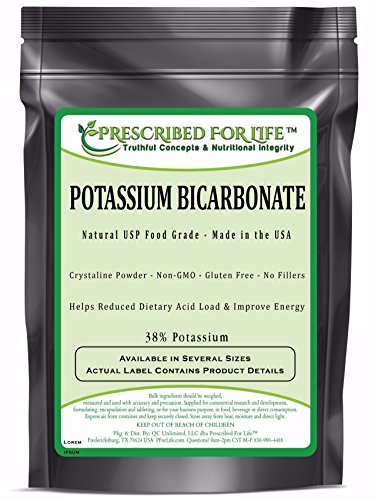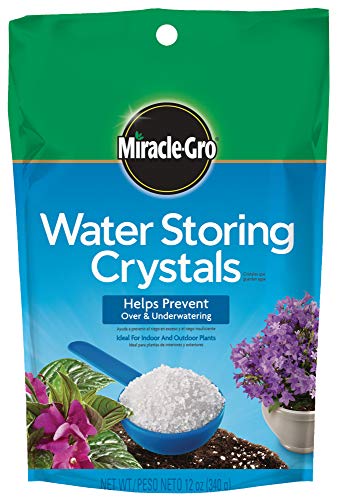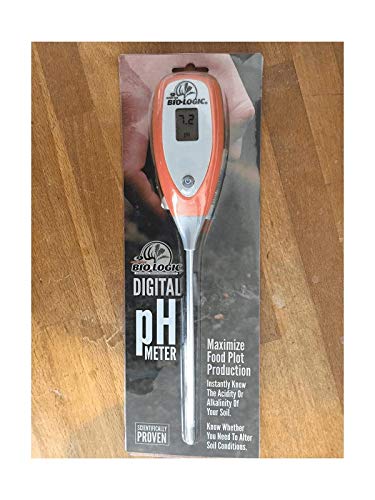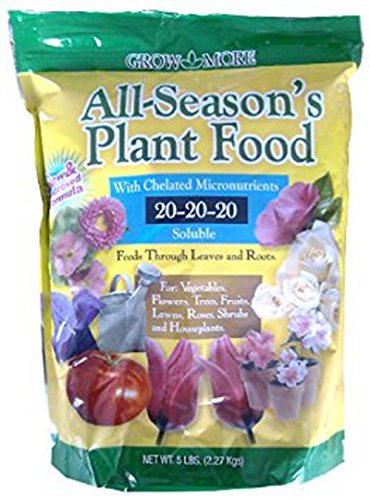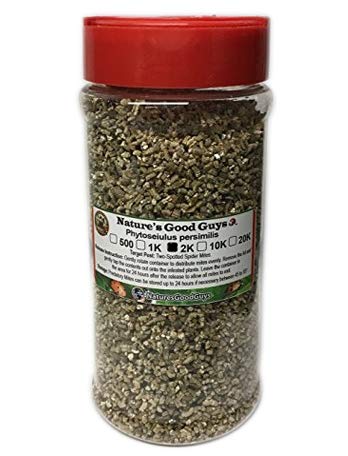While growing cannabis, there may be several reasons that cause the yellow leaves on plants during the entire growing process whereas in some cases such leaves also develop streaks and brown spots followed by withering that result in the death of the plants. If we come to summarize such factors that cause the leaves to turn yellow, among them the prominent reasons may be nutrients deficiencies, environmental stress, imbalances in soil or growing media’s pH, a few pest and several diseases, excessive or less watering and the most prominent being the zinc and Nitrogen deficiencies. We will consider looking into all possible reasons in the order of their priority to adopt effective remedy to overcome such problems on your cannabis plants.

#1 Watering stress
Watering creates stress when it is either given in abundant or below the need of the plants that generally reflects on the bottom leaves turning yellow, initially. Cannabis is fairly tolerant to moisture stress but exceeding the limits show a vigilant effect on the plant growth in the shape of yellow spots on plant leaves that emerge during these stress stages. Little watering is required at the initial stages of growth that increases with the development of plant foliage in the later stages. Excess watering in often observed at the start of the growth while the stress due to less watering is noticed during the longest watering intervals at the later stages of growth that might arise due to holidays or absenteeism from the garden. Yellow leaves on plants are due to too much water as well where you don’t have good drainage conditions. Priority is to have the right growing media that is well-drained and holds the required amount of moisture till next watering. Hydrofarm Grow, Wiggle Worm Soil Builder Earthworm Castings, Sphagnum Peat Moss and Espoma-Organic Perlite are excellent growing media that can hold moisture for longer.
To overcome watering issues, DIY Micro Automatic Drip Irrigation Kit helps you to regulate watering during your absence in the garden designed especially for the indoor and outdoor houseplants that are 100% automated small irrigation kit and has a built-in 30-day timer to schedule self-watering with freedom and ease. It saves 70% water and runs on micro USB or alternate 4-AA batteries. Bright LCD is installed that is easy to read and program. Once you program it for a month it keeps its memory even the power is switched off or batteries replaced.
#2 Soil or media pH
It’s important to know the pH of the soil or the growing media that is being in use to grow your Cannabis plants or Marijuana as it’s the pH that determines the uptake of the nutrients from any media besides you put heavy doses of fertilizers or additives for the efficient growth of your plants. Deficiencies can lead to yellow leaves with brown spots if you have even put a reasonable amount of such nutrients but absorption takes place only if the desired pH is maintained. Ideal pH for growing Cannabis is considered 6.3 to 6.8 so timely corrections are needed before growing Cannabis in your edible garden that guides you that what nutrient deficiency causes yellow leaves on your plants. For this purpose, you can use PH-98103 Digital Soil PH Meter Portable that displays pH value on-screen in seconds. It can be used in soil beds and containers with convenience. For quick pH check, Redxiao PH Test Paper can be utilized that tests pH range 5.5-9 in the soil and water in the quickest possible way. Frequently check soil pH using these devices before and after adding nutrients to your plants which show leaves turning yellow during flowering in your garden plants and yellow leaves on pot plants.
After making careful observations, you can add Bloom City Professional pH Up + Down Control Kit to obtain desirable soil pH for growing Cannabis in your garden landscape. It contains both strong acid and base for correcting soil pH up to the asking levels in any growing media.
#3 Nutrients deficiency
After you are done with correcting watering and the soil pH and still signs of yellow leaves on pot plants and all leaves turning yellow during flowering are noticed, is the cause of nutrients deficiency and we need to know what nutrient deficiency causes yellow leaves on your plants?
In case of Nitrogen deficiency, the lower and older leaves will start to become yellow, wilted, and dropping off simply because the younger leaves that are directly exposed to sunlight captured more solar energy during photosynthesis to convert it into glucose which is normal in the process but if things happen differently than all of the existing leaves turn pale yellow and papery, it’s time to apply additional doses of Nitrogen to complement plant growth. As you know Marijuana Nitrogen needs are bit higher than the other plants growing in its neighbor, one single such product that can recover all leaves turning yellow during flowering is 20-20-20 Premium All-Purpose Garden Fertilizer that can be applied with watering and sprayed directly on plant foliage to recover yellowing leaves during late flowering as well. It’s a perfect combination of Nitrogen, Phosphorus and Potassium fertilizers in a balanced ratio with slow-release properties that can be applied in any stage of plant growth. It also recovers plants from yellowing leaves during late flowering and other stresses as well due to its components such as Copper, Boron, Manganese, Molybdenum, Iron and Zinc and is considered a complete slow-release fertilizer to dissolve in water, easily.
Add 4 teaspoon of Garden Fertilizer in 1 gallon of water using a pressurized sprayer and apply thoroughly on all parts of the plant. Otherwise, add ½ teaspoon to the soil near the stem of the plant and apply to water. The application can be made during all stages of growth but it may be stopped 15 days before harvest. Another similar product is 18-3-6 All Purpose Liquid Fertilizer & Micronutrients has all the similar features as the previous product but high in Nitrogen that is modified to release slowly while other ingredients chelated with EDTA and HEDTA agents so that effects on plant growth reflect slowly and separately. To spray, 1 ounce per gallon is the recommended dose while 3 ounces per gallons used to water plants for vivid results.
#4 Heat and Cold Stress
Both heat and cold can affect plant growth showing yellow spots on leaves. During the extreme hot climates, plants stop nutrients uptake that is in other words reflected on their top leaves yellowing flowering during any stage of growth. Caring plants against such stresses is important during their early stages of growth otherwise produce is largely affected. Cold stress generally occurs in a ratoon crop where winters are more severe while gardeners keep their plants standing for the next growing seasons to sprout again. Cold stress is noticed in open climate on the plants growing below 10 F during their night exposures, their initial sprouts turn yellow on emergence.
Heat stress is what causes plant leaves to turn yellow on exposing them above 85 F for consecutive 2-3 days. To effectively save your plants from these varying temperature stresses is to place a Temperature gauge at some suitable place in your garden. One such instrument is NMSLA Rain Gauge + Thermometers + Wind Indicator to Monitors wind speed, measure Temperature, monitor rainfall with a scale, indicates wind direction and can be stuck into the garden earth to beautify your garden.
#5 Common Pests
In a Cannabis garden, Spider mites are aphids are also responsible for the plant with yellow spots on green leaves in the upper and middle foliage that are sometimes highly infested with these tiny creatures. Spider mites cause stippling on the upper surface of the leaves that eventually turn yellow upon exhausting chlorophyll from the leaves. On further infestations, these bleached yellow leaves tend to drop when leaf yellowing becomes prominent. This decreases the plant vigor and the entire foliage looks like burnt with a controlled fire in the upper plant leaves. There are several options to control spider mites on a Cannabis plant but sticking to the biological control is preferred over other insecticidal methods. Nature’s Good guys contain 2000 Live Adult predatory mites that prey on Spider mites. Predatory mites release is recommended during the initial stages of plant growth when preparing to develop canopy. 5-10 predatory mites are released in a square feet area on plant upper leaves where they start their multiplication in the next 2 days.
Aphids also cause a similar type of yellowing on upper leaves and tender shoots where they suck plant juices by inserting their stylus to the leaf epidermal layers and secrete honeydew on the surface of the leaf to invite sooty mold and other fungi problems on the Cannabis plants. Among biological controls, Beauveria bassiana is an entomo-pathogenic soil-borne fungus that preys on aphids and many other arthropods such as spider mites and whiteflies as well. BotaniGard ES and Mycotrol WPO are highly effective laboratory-raised fungi and best aphid killer for Cannabis, vegetables and fruit trees to stop leaves yellowing on early flowering.
Garden Safe Brand Fungicide3 is another ready-to-use, organic pesticide that is strongly effective on Aphids, mites and sooty mold associated with spreading other fungal diseases and is considered the best aphids and spider mite killer for cannabis, vegetables, and fruit trees in your edible garden. It also stops the multiplication of the sooty mold spores and further infestations in your garden. It contains Azadirachtin that is derived from the Neem and is considered safe for all sort of organic gardening where you can harvest even after its immediate use.
#6 Diseases
Apart from several fungi diseases on the Cannabis, powdery mildew is the most common that follows after the Aphids invaded your crop during any stage of growth. Once its fungus is on the leaves, it keeps spreading through air, birds, wind and rainwater splashes on the neighboring plants. Spores keeps on multiplying that appears like a white powder on the surface of the leaves. On heavy infestations, leaves top surface is fully covered with white spores that don’t let direct sunlight to reach leaf surface resulting in slowing the process of photosynthesis, in result, plant foliage turns yellow, then brown and eventually dies. It is most likely to infest the youngest plants when the humidity levels are high and there is limited or no passage for the air to cross between the Cannabis plants. One quick organic approach is to use a homemade recipe by mixing 40% milk with 60% water and immediately spraying on the affected plants. This method works fine if there is abundant sunshine to break milk after the oxidation reaction. The phenomenon of killing spores using milk is still under discussions that what milk contains that kills these spores of powdery mildew?
Another organic and safe solution for Powdery mildew is Green Cure Fungicide with 85% potassium bicarbonate-base, broad-spectrum foliar fungicides that prevent and cure powdery mildew on the Cannabis plants along with controlling some common fungal diseases such as Downey mildew, Blights, Gray Mold and Black Spot on the Cannabis, Vegetables, and fruits. It’s an organic placement in your garden and no harmful effects are reported for the product on all edible greens. Simple to mix and use that holds built-in surfactant to stay its solution on the plant foliage.
Add 2 teaspoon of Green cure Fungicide in 1 gallon of water using hand sprayer or water sprinkler for thorough wetting of your plant’s foliage. It also includes an accurate measuring scoop and complete instructions for the Gardeners.
#7 Sunlight
Sunlight is the trickiest factor that is not in your control while growing the Cannabis in your outdoor garden but you can overcome this factor by selecting a good site that is fully exposed to sunlight. Plants exposed to poor sunlight are often prone to yellowing of leaves as the process of photosynthesis is either delayed in such plants or it doesn’t occur that gives rise to yellowing.
Picking a site becomes easier if you were aware of the other growing requirements at the different stages along with their influx and output to lead you to better yields in your edible garden.
Another important factor related to the sunlight is its amount that your plants need to thrive well, entirely depends on the varietal features of the strains you are supposed to grow in your space. Generally speaking, more sunlight, more photosynthesis leads to more yields.
